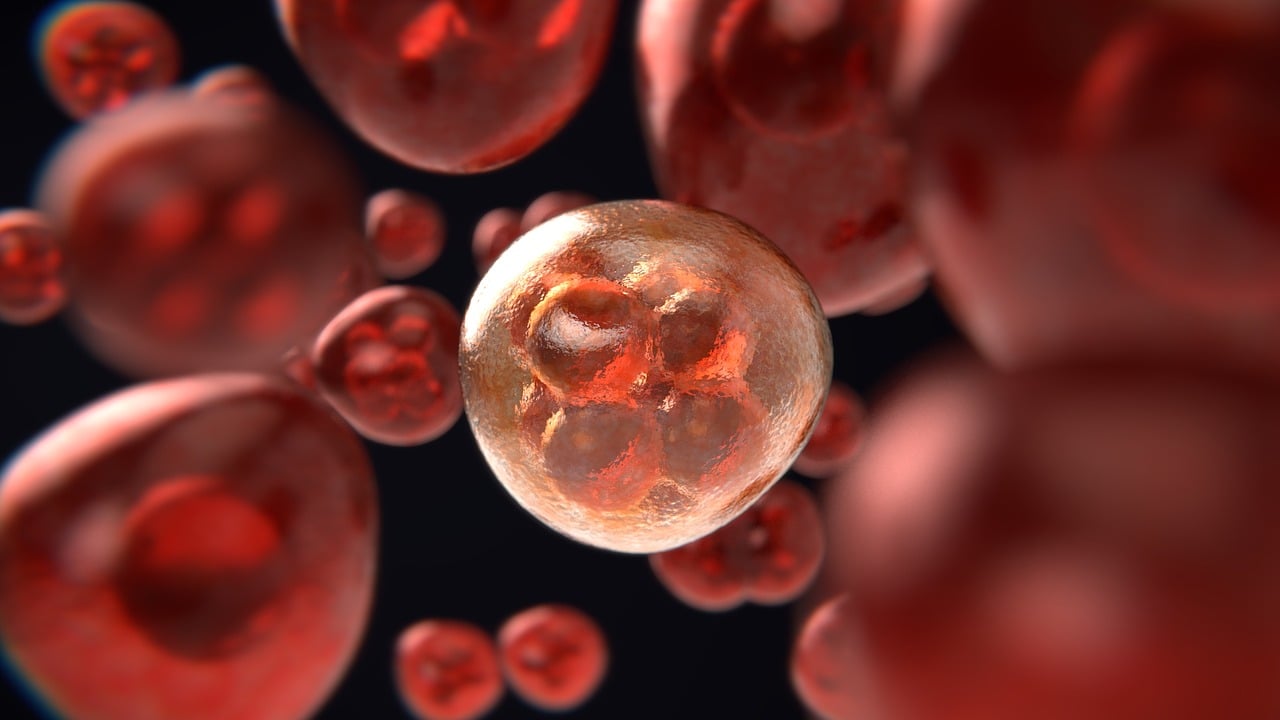Cancer, a relentless adversary claiming millions of lives each year, has been the focal point of intensive research efforts within the medical field. In a groundbreaking development, a collaborative research team, comprising experts from Rice University, Texas A&M University, and the University of Texas, has uncovered a novel method to combat cancer cells. Harnessing the extraordinary vibrational properties of specific molecules when exposed to light stimulation, this research offers a promising avenue for the future of cancer treatment.
The Breakthrough Discovery
In a recent laboratory experiment, scientists focused on the unique property of certain molecules that exhibit intense vibrations in response to near-infrared light. This discovery led to a groundbreaking revelation—the ability to eliminate cancer cells by rupturing the cell membranes of malignant cells.
Collaborative Efforts Yield Unprecedented Results
The collaborative efforts of scientists from Rice University, Texas A&M University, and the University of Texas have resulted in a discovery that could reshape the landscape of cancer treatment. Their research, published in Nature Chemistry, demonstrates the remarkable efficacy of a method that utilizes light-induced vibrations to rupture the cell membranes of cancerous cells.
Harnessing Molecular Vibrations for Cancer Elimination
The study focused on melanoma cell membranes and their susceptibility to rupture through light-induced vibrations. By exposing the cells to near-infrared light, the atoms of a small dye molecule, commonly used for medical imaging, exhibited intense vibrations, forming a plasmon. This plasmonic effect was found to cause the cell membranes of cancerous cells to rupture, presenting a potential breakthrough in cancer treatment.
99% Efficacy Against Melanoma Cells
According to the research findings, the method showcased an impressive 99% efficacy against lab cultures of human melanoma cells. The study included rigorous experimentation and analysis, highlighting the potential of this innovative approach in combating one of the deadliest forms of skin cancer.
Molecular Jackhammers: A New Frontier in Cancer Treatment
Describing the molecules involved as “molecular jackhammers,” Rice chemist James Tour explained that they represent a whole new generation of molecular machines. Unlike traditional nanoscale drills, these molecular jackhammers operate at speeds over one million times faster in their mechanical motion. Moreover, they can be activated with near-infrared light, a significant advancement compared to previous models that required visible light for activation.
Unprecedented Mechanism of Action
What sets molecular jackhammers apart is their unprecedented mechanism of action. Inspired by the molecular motors of Nobel laureate Bernard Feringa, these molecular machines utilize a mechanism that surpasses their predecessors in both speed and activation capabilities. The researchers emphasize that molecular jackhammers are more than a million times faster than Feringa-type motors, showcasing their potential for rapid and effective cancer cell elimination.
Near-Infrared Light: A Key Advancement
One of the key advancements highlighted in this research is the use of near-infrared light for activation. Unlike visible light, near-infrared light can penetrate far deeper into the human body, reaching depths of up to 10 centimeters. This increased depth of penetration enables access to organs and bones without causing damage to surrounding tissues—a critical advantage in the realm of medical treatments.
Significance of Near-Infrared Light Penetration
James Tour, Rice’s T. T. and W. F. Chao Professor of Chemistry and a professor of materials science and nanoengineering, underscored the significance of near-infrared light penetration. He explained that while visible light can only penetrate up to half a centimeter into the human body, near-infrared light can reach depths of 10 centimeters. This substantial increase in penetration depth is a groundbreaking advance that enhances the feasibility and effectiveness of this innovative cancer treatment approach.
Future Implications for Cancer Treatment
The implications of this research extend beyond the laboratory, offering hope for the future of cancer treatment. The method’s success in eliminating melanoma cells in laboratory experiments marks a critical step towards developing innovative and effective strategies for combating various forms of cancer.
What Next? Paving the Way for Next-Generation Cancer Therapies
In conclusion, the collaborative efforts of scientists from Rice University, Texas A&M University, and the University of Texas have led to a revolutionary breakthrough in cancer treatment. The utilization of light-induced vibrations to rupture cancer cell membranes, coupled with the unprecedented speed and activation capabilities of molecular jackhammers, opens up new frontiers in the quest for effective cancer therapies. This research not only demonstrates the potency of the method against melanoma cells but also sets the stage for future advancements in the field of oncology. As the scientific community eagerly awaits further developments, this discovery stands as a beacon of hope in the ongoing battle against cancer.

